The new owners of Aberdeen’s St Nicholas Kirk have detailed their plans to transform it into a tourism hotspot for the first time.
New owners Edinburgh Pallete have submitted proposals to Aberdeen City Council to create a “heritage trail” showcasing the church’s history and significance.
They hope the huge facelift can be a “catalyst for regeneration” for the city centre.
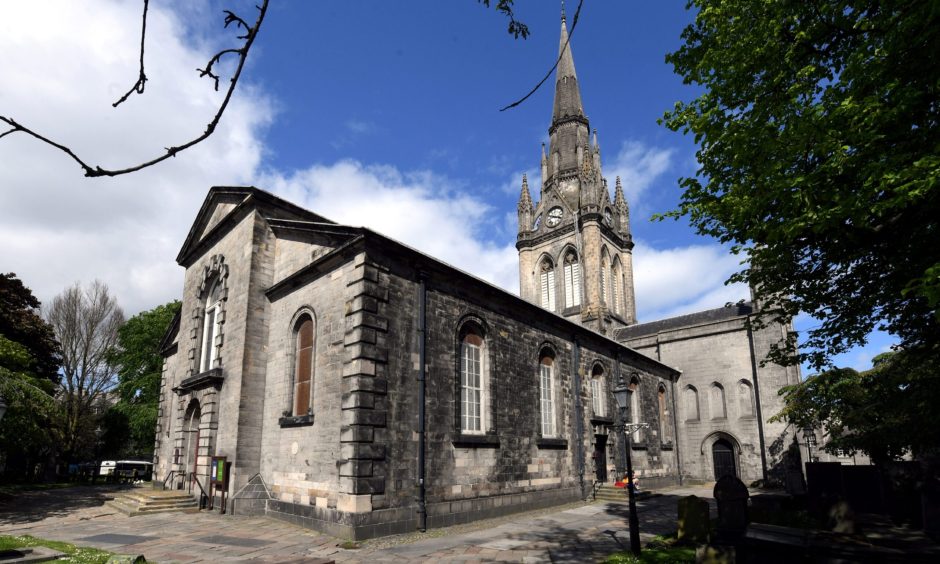
This could be the first time in five years that more than 100 of the kirk’s historical artifacts are on display to the public.
The documents reveal their major plans to make the most of the landmark…
What is planned for Kirk of St Nicholas?
The new owners have taken over the majority of the building, having taken the keys to the West Kirk last week.
The main plan for the church is what owners Edinburgh Pallete are calling a “heritage trail”.
This will showcase the history of the iconic site and the city, with its main purpose being to increase visitors and tourism as a whole across Aberdeen.
It comes as thousands of tourists flock into the city centre every year, with cruise ships sparking something of a boom.
Edinburgh Palette hopes St Nicholas Kirk will become one of their top destinations.
The trail will end at Drums Isle, the location of the oil and gas workers memorial, where the history of the church and Aberdeen can be “expressed in an pop-up exhibition”.
More than 100 artifacts are on display in the Kirk of St Nicholas, which church bosses say will remain untouched.
What will be on display?
Aberdeen’s history dating all the way back to the medieval period will be on display for locals and tourists to learn about.
Fascinating statues and stonework will be highlighted, dating as far back as the 14th century.
Artifacts detailing the Granite City’s involvement in both World Wars will also be on view to the public, with military memorials and flags.
Furthermore, the new owners will look to preserve as much of the building’s interior as possible.
What will happen to the pews?
Much of the floorspace within the kirk is taken up by rows upon rows of pews.
Some of these pews have graffiti dating back as far as the 18th century.
Edinburgh Pallete say that a section of the centuries-old seating will be removed, but not disposed of.
Robert Gordon College have asked that pews no longer in use be relocated to their MacRobert Hall as part of a refurbishment project.
Overall, most of the pews will remain, with the owners hoping the iconic church can be utilised for intimate candlelight concerts and events.
Who else would use the Kirk of St Nicholas?
Along with it being open to the public, under the new plans, the A-listed church would not only become a tourist hotspot…
Keeping with the church’s roots, charities would also make use of the Kirk of St Nicholas according to the newly submitted plans.
Owners say they hope to “relocate food distribution to the homeless and needy” within the church itself, to replace the current drop off point at Marks and Spencer.
What’s more, recipients would be able to enjoy their provisions inside the building rather than out in the cold.
The report added: “It is felt that by offering a safe and welcome space within the Kirk, the Kirk will in turn become a positive focal meeting point for those in need.”
Plans also reveal that counselling sessions could also take place in the building.
Are there plans for education?
Currently, Robert Gordon’s University (RGU) are carrying out a laser scanning research project.
This initiative will generate a detailed “as-built” representation of the Kirk,
encompassing the interior, exterior, and churchyard.
Furthermore, RGU’s School of Architecture and Gray’s School of Art would also seek to make good use of the building, offering students the chance to study its gothic environs.
One of the owners’ three main goals for the Kirk of St Nicholas is for it to be a “place of education”.
What will happen to Kirk of St Nicholas’ oil and gas memorial?
The Kirk of St Nicholas is a meaningful place to those in the oil and gas industry.
Each year on the first Saturday of November, a service of remembrance is held in memory of those who lost their lives in the Piper Alpha disaster.
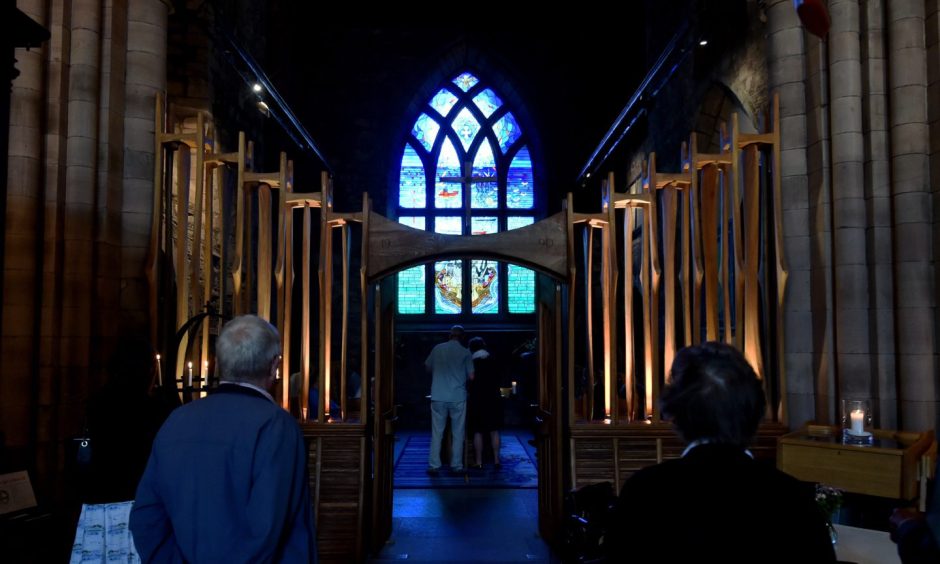
St John’s chapel in the church is dedicated to those who have died whilst working in the oil and gas industry, with its most prominent feature being its stained glass window.
The new owners say the oil and gas chaplaincy will be preserved, and that future services will remain.
You can read the full plans here.
Read more:
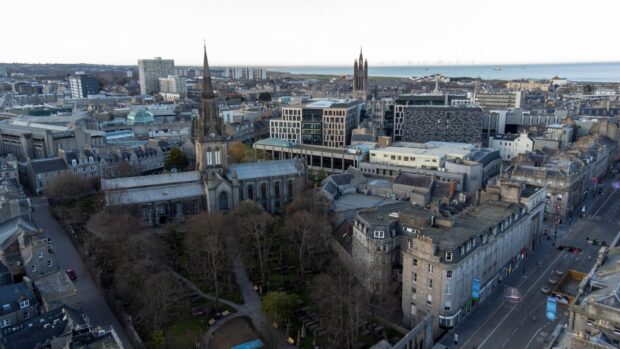
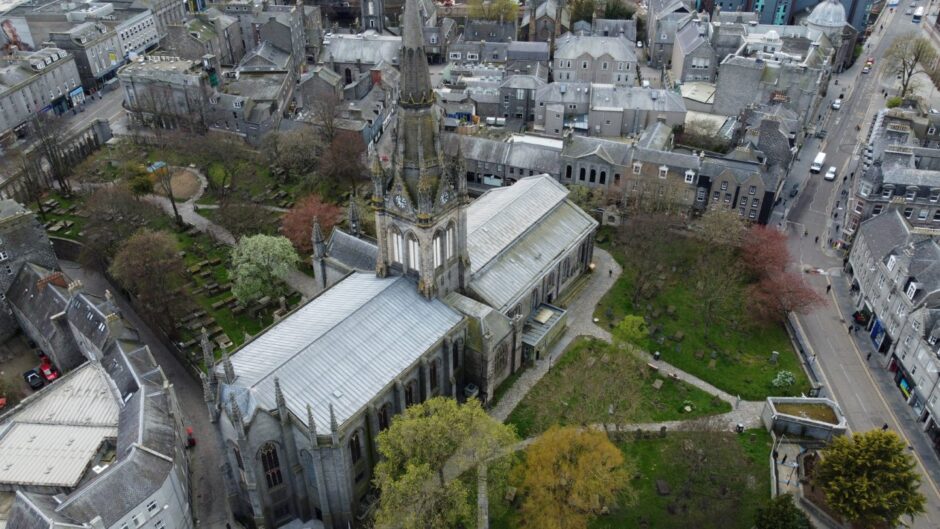
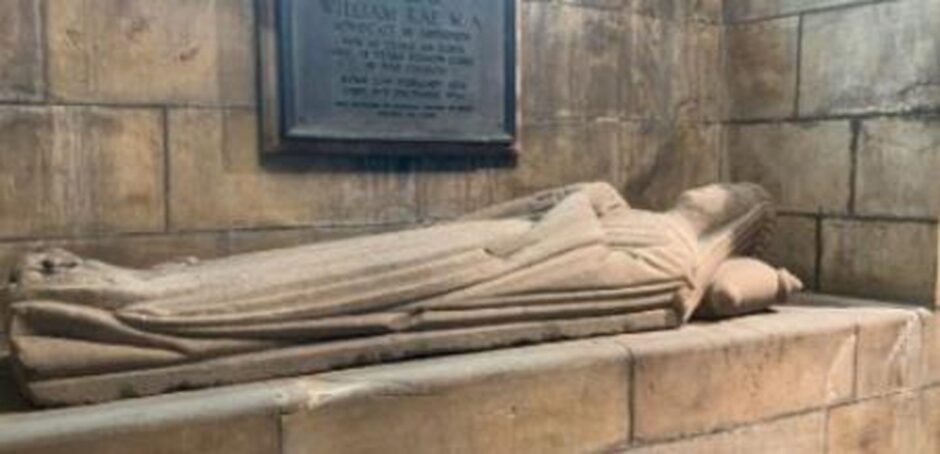
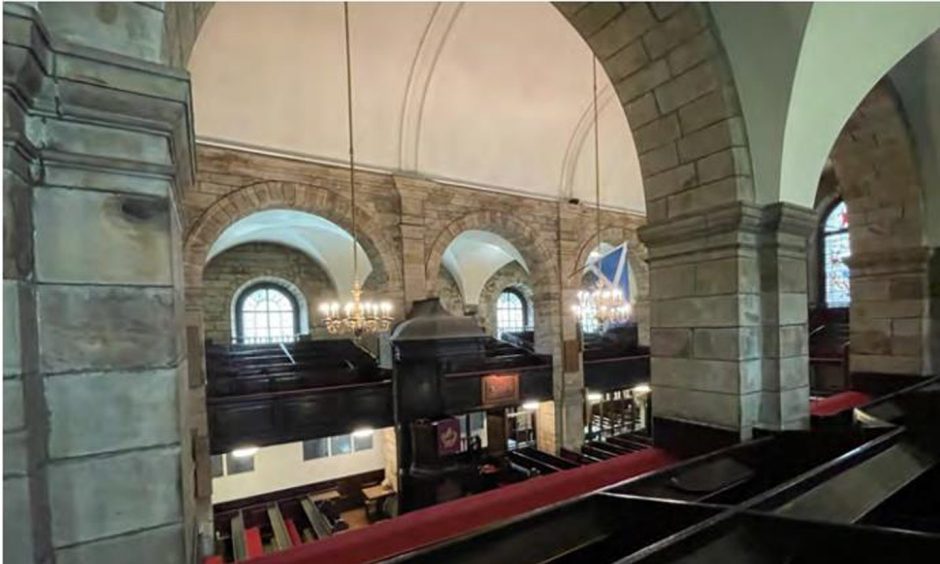
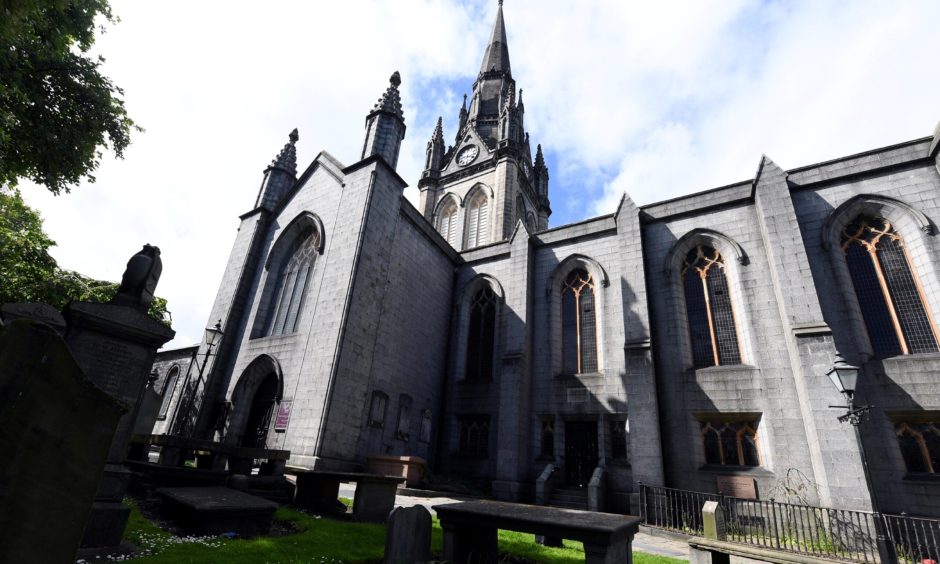
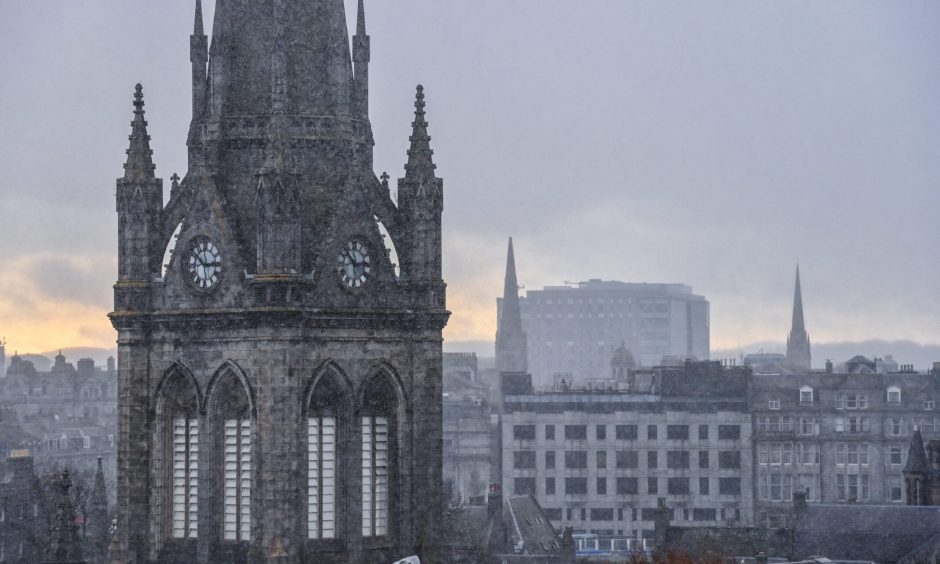
Conversation